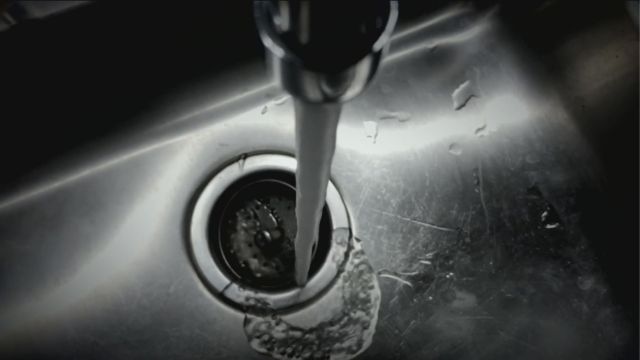Following the Environmental Protection Agency’s (EPA) establishment of stringent new guidelines on permissible levels of PFAS chemicals in drinking water, it emerged that 23 water systems across Minnesota have been identified as surpassing these newly set limits.
This revelation came through the most recent testing phase, spotlighting both urban and rural communities alike, spanning the Twin Cities metro area to the broader reaches of the state.
The communities highlighted, serving close to 350,000 residents, are now confronted with the substantial challenge of aligning their water systems with these federal mandates within a five-year timeframe. The affected areas include a diverse range of locations from Battle Lake to Woodbury, each with its unique circumstances and responses to the crisis at hand.
Woodbury, in particular, presents a case of proactive measures already in play. Despite the alarming finding that nine out of the city’s 20 wells have exceeded the EPA’s threshold of 4 parts per trillion for PFAS, local officials, including Mayor Anne Burt, assure the public of the water’s safety.
This assurance is underpinned by an innovative temporary treatment facility that has been operational since 2020, employing granulated, activated carbon to effectively remove PFAS from the water, rendering it undetectable.
This success story is further exemplified by plans to expand this treatment approach with a larger facility capable of covering all affected wells, showcasing a robust response to the issue. This initiative, however, comes with significant financial implications, partly mitigated by funds secured from a settlement with 3M.
Conversely, the city of Hastings faces a more daunting challenge. The discovery that five of its six wells now exceed safe PFAS levels leaves the city with no quick fixes. The path forward, as outlined by City Administrator Dan Wietecha, involves the construction of three new treatment plants—a solution that, while cost-effective in this context, still carries a staggering $69 million price tag.
The fiscal burden of such undertakings is a common thread among affected communities, with estimates for addressing PFAS contamination in Minnesota alone projected to reach up to $28 billion over the next two decades.
While Woodbury benefits from specific settlement funds, Hastings and others like it are in pursuit of federal assistance made available through the latest infrastructure deal, emphasizing the scale and urgency of addressing PFAS contamination.
The situation underscores a broader health concern that extends beyond local financial capacities, highlighting a need for comprehensive support and innovative solutions to combat PFAS pollution.
As communities like Woodbury and Hastings navigate these turbulent waters, the journey underscores the complexities of environmental stewardship in the face of industrial legacies and the ongoing quest for clean, safe drinking water.

